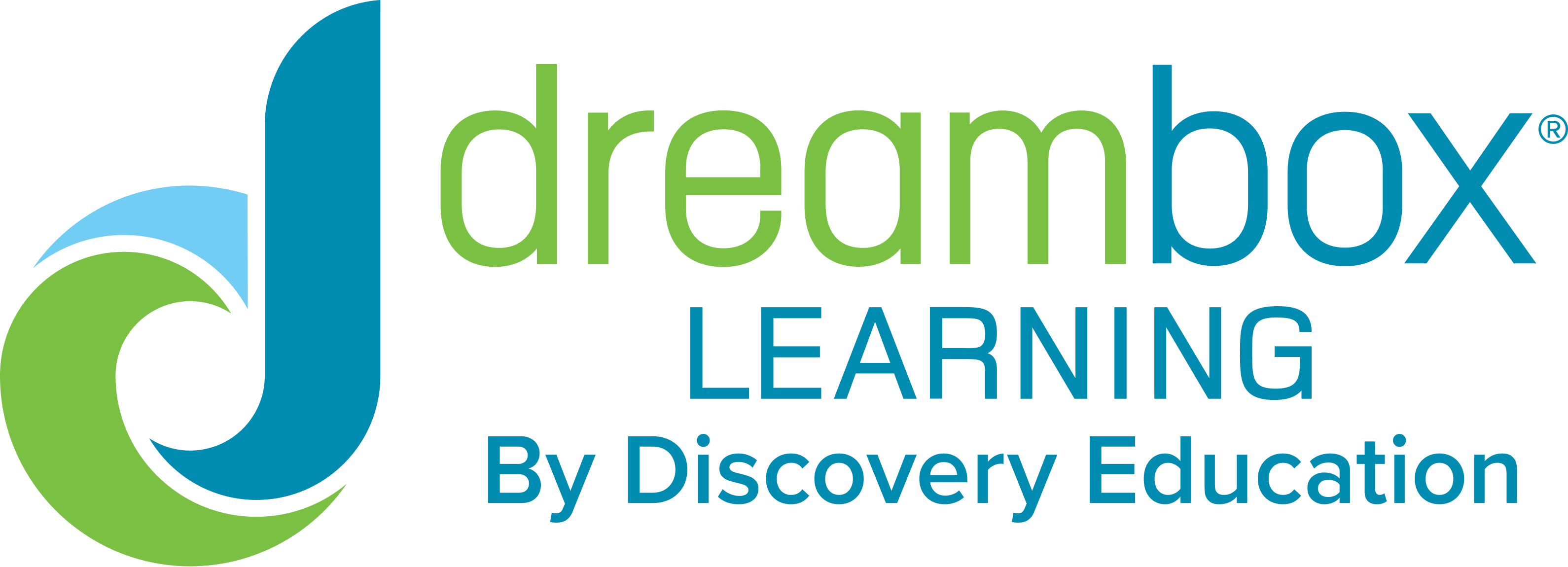What is adaptive learning?
Adaptive learning is a computer-based and/or online educational system that modifies the presentation of material in response to student performance. Best-of-breed systems capture fine-grained data and use learning analytics to enable human tailoring of responses. The associated learning management systems (LMS) provide comprehensive administration, documentation, tracking and reporting progress, and user management.
What is Intelligent Adaptive Learning™? Unlike any other adaptive learning technology on the market today, the pioneering Intelligent Adaptive Learning™ of DreamBox Learning© platform adapts in real time to every interaction a student makes, both within and between lessons.
Read our white paper on the technology behind Intelligent Adaptive Learning™.
The history of adaptive learning platforms
Adaptive learning has been with us for a while, with its history of adaptive learning rooted in cognitive psychology, beginning with the work of behaviorist B.F. Skinner in the 1950s, and continuing through the artificial intelligence movement of the 1970s. Now, technologies once confined to research laboratories are being adopted by progressive industries, including online services that drive consumer sites like Amazon and Netflix to anticipate preferences, and forward-thinking organizations. As a proven learning modality, it’s being used in many different environments to teach and train more effectively.
For example, adaptive learning technology is used by NASA for simulation training, safety models, and has been used in various branches of the U.S. military, including the Army Learning Concept 2015, that trains and educates soldiers for asymmetric warfare. Adaptive learning’s greatest potential to help the greatest number of people is in in K-12 and higher education.
Read a Cheryl Lemke/ Metiri Group authored white paper about the most recent research into adaptive learning technology in 21st century education.
Read an extensive practice guide from the Institute of Education Sciences (IES)about Using Student Achievement Data to Support Instructional Decision Making.
Read about how the U.S. government and the Army Learning Concept 2015 is using adaptive learning in the Army because of its proven efficacy.
Adaptive learning in U.S. education
The U.S. Department of Education has a national technology plan (NETP) that endorses the use of technology, and adaptive learning in particular, for its ability to simultaneously teach and assess for continuous improvement. The use of adaptive learning is closely tied to the Race to the Top early learning reform initiative, alignment with Common Core State Standards, and to teach 21st century skills to increase U.S. student competitive advantage. One of the key benefits of adaptive learning is its ability to personalize learning. Take a look at the U.S. Department of Education technology plan (NETP)that endorses the use of data and devices to advance learning and achievement. Read recent Fraser Institute information about U.S. education policy and adaptive learning.
How adaptive learning technology personalizes learning
Advances in adaptive learning systems and platforms with their powerful feedback loops are used in blended learning environments for greater personalization. The ability for students to track their own learning means that they can develop valuable self-monitoring skills, and engage in their personal learning progress.
Read more from EdSurge about how school districts including Baltimore County Public Schools are using adaptive technology.
Adaptive learning technology for math intervention
The same feedback that improves student learning success is also good for teachers. The ability to see current data allows teachers to understand each student’s performance.
Using current data as part of Multi-Tiered Support Services (MTSS) and Response to Intervention (RTI) helps identify students who are not making adequate progress in the core curriculum and are at risk for poor learning outcomes. Armed with true understanding, teachers can provide interventions appropriate to the student’s level of need and responsiveness.
Continuous formative assessments formed by adaptive learning systems throughout the learning process also help shape the process itself. Because every interaction is tracked in real-time, there is parallel insight into student strategies. Then, based on that insight, individual learning paths are dynamically created to guide the student to advance through the curriculum.
Read a DreamBox Learning white paper about adaptive learning and effective intervention
Evaluating adaptive learning systems and platforms
Many adaptive learning systems and platforms deliver textbook content at variable speeds, but don’t have the ability to tailor learning and seamlessly provide assessment. As you consider various adaptive learning programs, keep these criteria in mind:
- Many different curriculum sequences – When teachers or learning guardians work one-on-one with students, they are able to change the sequencing of a curriculum in a way that makes the student’s learning experience most effective. It’s important that whatever adaptive learning system you choose, it’s able to accomplish the same feat.
- Adjust to the pace of student learning – Research has shown that allowing students to work at their own optimal pace is an effective learning strategy. Students should progress through the system only after they have demonstrated mastery of the concept they are currently learning.
- Take prior knowledge into account – Any adaptive learning program you choose should have the capability to target a student’s starting point based on prior knowledge, and help that student make steady academic progress toward desired learning goals. This strategy prevents students who are struggling from becoming frustrated, and students who are gifted from becoming bored.
- Strategies to increase student engagement – In a digital age when so many students are used to using technology in every aspect of their lives, gaming has been shown to be an important means of engaging students in learning. Adaptive learning programs that emulate strategy games help students see learning as something that is fun, not tedious.
- Interactive support when problem solving – Rather than telling students what they should do next, it’s important that the system emulates a live tutor, prompting students to rethink strategies that may not be working.
- Customized presentation – Adaptive learning systems should customize the presentation of lessons to suit each individual student’s needs. By constantly analyzing students’ responses to and ways of thinking about problems, the presentation of new material is adapted to make sure it makes the most sense to that particular student.
- Analysis of student solutions – An online learning platform that retrieves data based on student answers at the end of the lesson is not helpful for the student or the teacher. IALs interact with students as they solve problems, explore new concepts and make decisions, and they analyze the data in real-time to change their approach to instruction.

Intelligent adaptive learning technology in the classroom
Pedagogically and research-based intelligent adaptive learning technology accesses and stays in the Zone of Proximal Development (ZPD) for each learner. That means it provides the right next lesson at the right level of difficulty at the right time.
When work is easy, learners can do the work on their own without any help. It’s in their “comfort zone.” If all the work a learner is asked to do is always in the comfort zone, no real learning will take place and the learner will eventually lose interest. Conversely, when the work is too hard, the learner becomes frustrated and will likely give up.
The area between the comfort zone and the frustration zone is the one where true learning will take place – the optimal learning zone. It’s the area where a learner will need some help or will need to work hard to understand a concept or complete a task.
By keeping the challenge appropriate, the learner is guided to be a mathematical ‘doer’ — someone who thinks and strategizes in ways they can apply in school and in their real life experience. This is optimal teaching and optimal learning.










